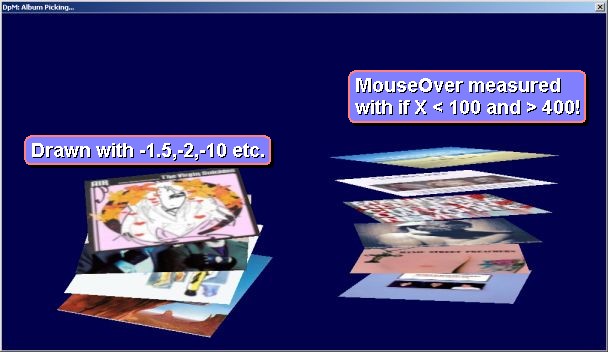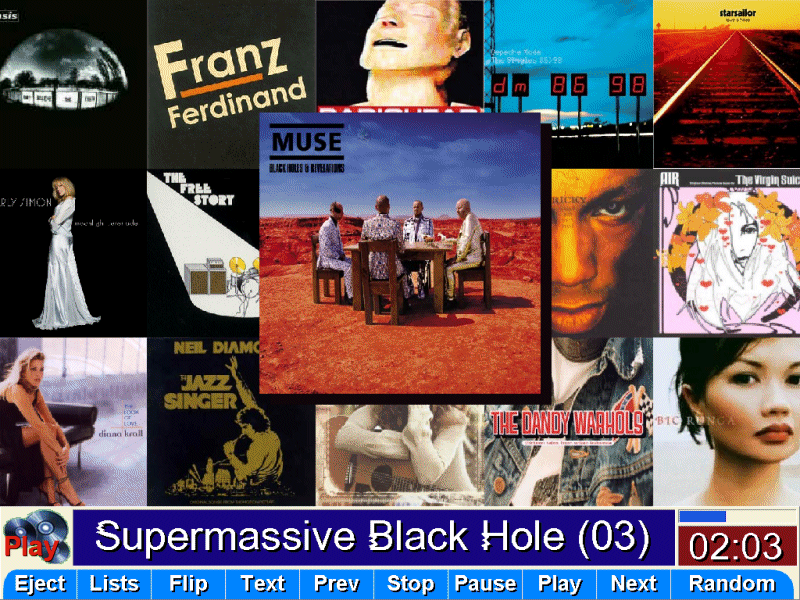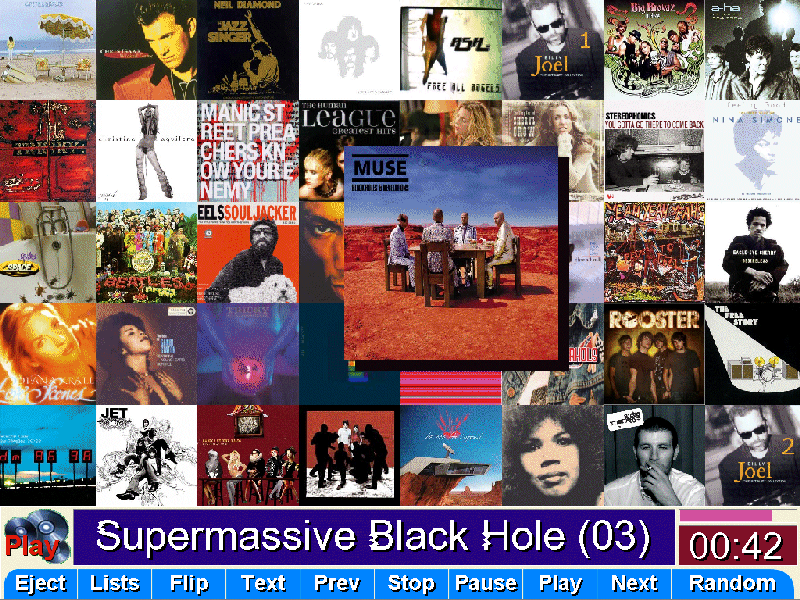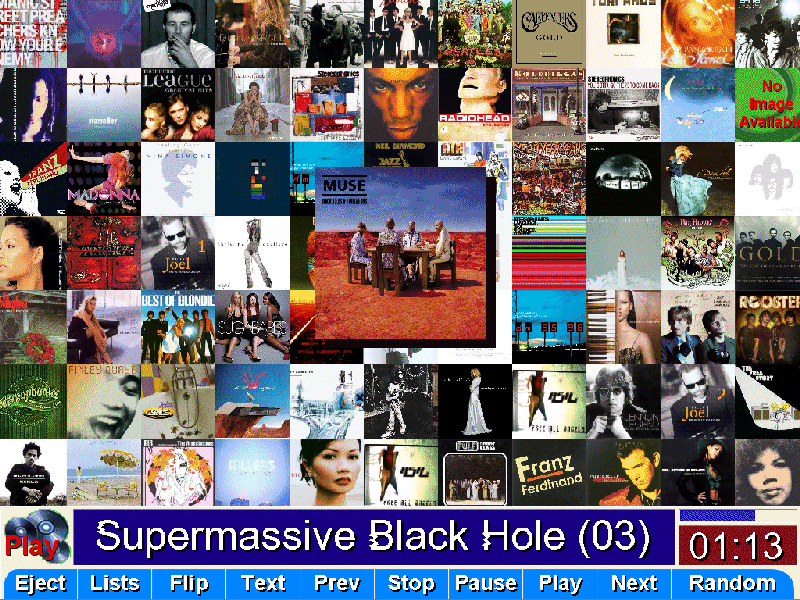|
Aktuelle Zeit: Di Mai 14, 2024 12:09 Foren-Übersicht » English » English Programming Forum |
Unbeantwortete Themen | Aktive Themen |
|
|
Seite 1 von 1 |
[ 9 Beiträge ] |
|
| Autor | Nachricht | |||||
|---|---|---|---|---|---|---|
| dpm_dpmartin |
|
|||||
Registriert: Mi Jan 24, 2007 00:44 Beiträge: 144 |
|
|||||
| Nach oben | ||||||
| dpm_dpmartin |
|
|||||
Registriert: Mi Jan 24, 2007 00:44 Beiträge: 144 |
|
|||||
| Nach oben | ||||||
| i0n0s |
|
|||||
Registriert: Sa Jan 01, 2005 17:11 Beiträge: 2067 Programmiersprache: C++ |
|
|||||
| Nach oben | ||||||
| dpm_dpmartin |
|
|||||
Registriert: Mi Jan 24, 2007 00:44 Beiträge: 144 |
|
|||||
| Nach oben | ||||||
| i0n0s |
|
|||||
Registriert: Sa Jan 01, 2005 17:11 Beiträge: 2067 Programmiersprache: C++ |
|
|||||
| Nach oben | ||||||
| dpm_dpmartin |
|
|||||
Registriert: Mi Jan 24, 2007 00:44 Beiträge: 144 |
|
|||||
| Nach oben | ||||||
| i0n0s |
|
||||||
Registriert: Sa Jan 01, 2005 17:11 Beiträge: 2067 Programmiersprache: C++ |
|
||||||
| Nach oben | |||||||
| dpm_dpmartin |
|
|||||
Registriert: Mi Jan 24, 2007 00:44 Beiträge: 144 |
|
|||||
| Nach oben | ||||||
| i0n0s |
|
|||||
Registriert: Sa Jan 01, 2005 17:11 Beiträge: 2067 Programmiersprache: C++ |
|
|||||
| Nach oben | ||||||
|
|
Seite 1 von 1 |
[ 9 Beiträge ] |
Wer ist online? |
Mitglieder in diesem Forum: 0 Mitglieder und 3 Gäste |
| Du darfst keine neuen Themen in diesem Forum erstellen. Du darfst keine Antworten zu Themen in diesem Forum erstellen. Du darfst deine Beiträge in diesem Forum nicht ändern. Du darfst deine Beiträge in diesem Forum nicht löschen. Du darfst keine Dateianhänge in diesem Forum erstellen. |




